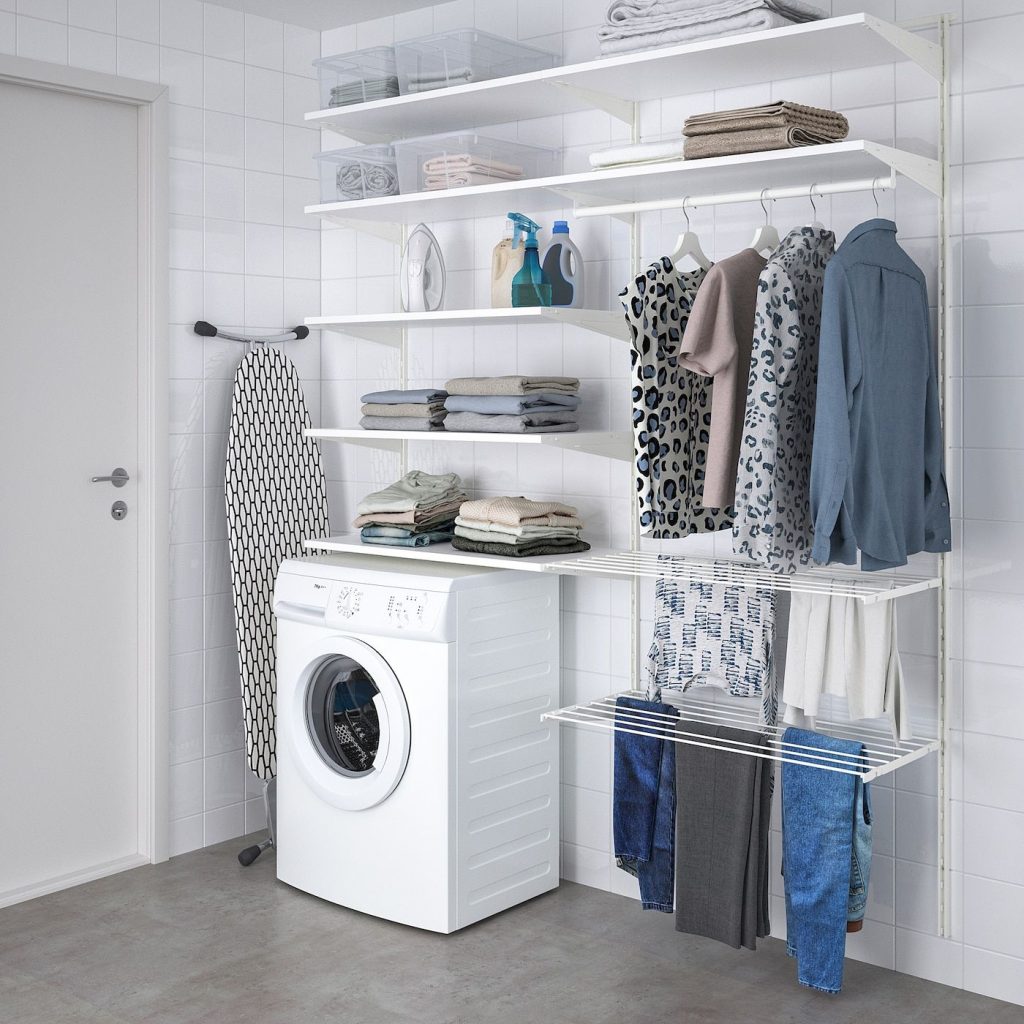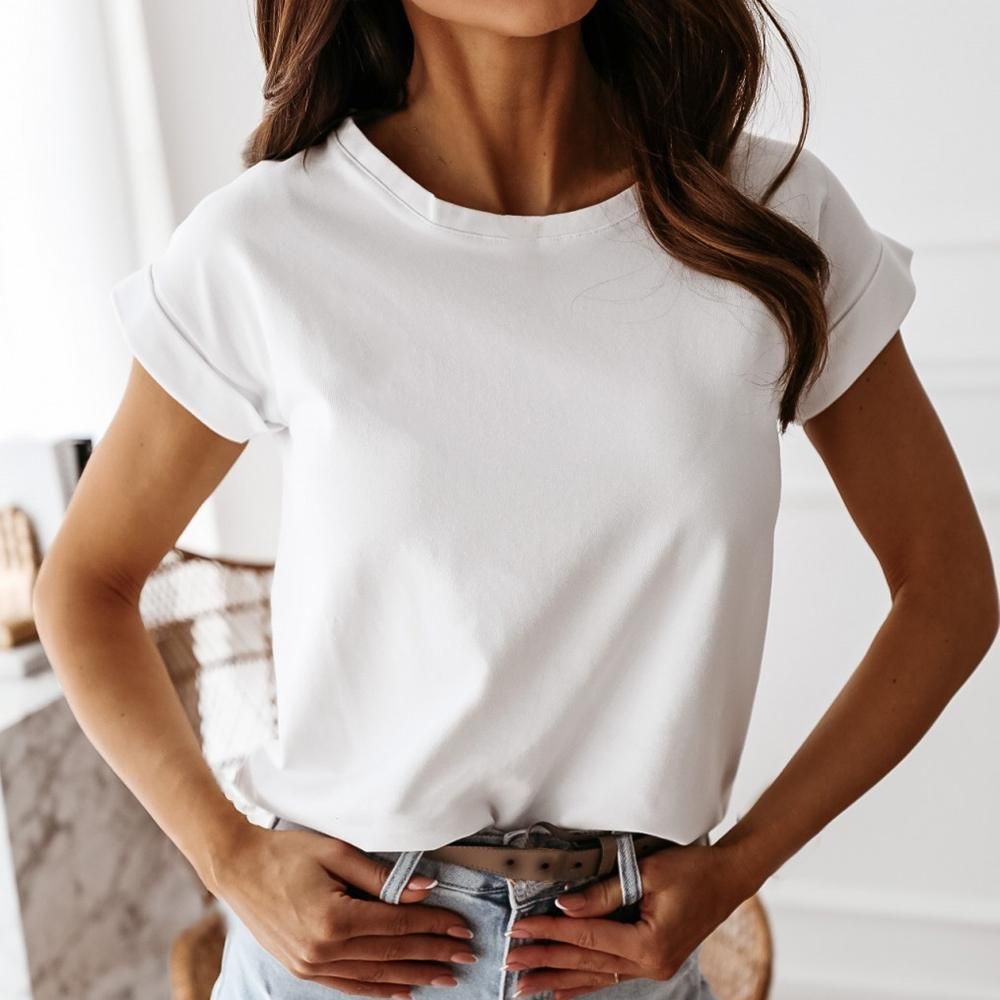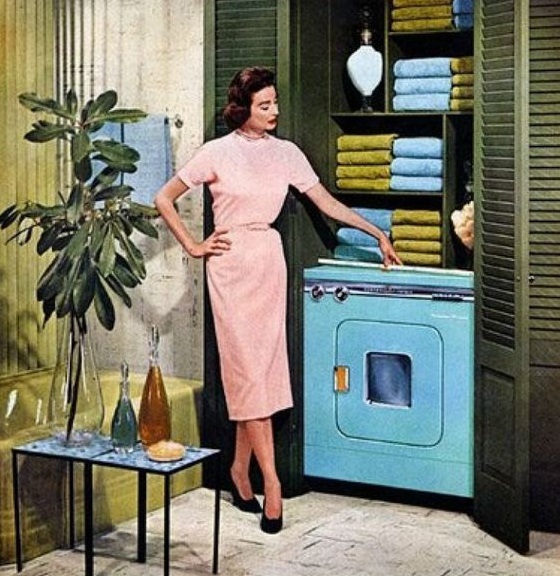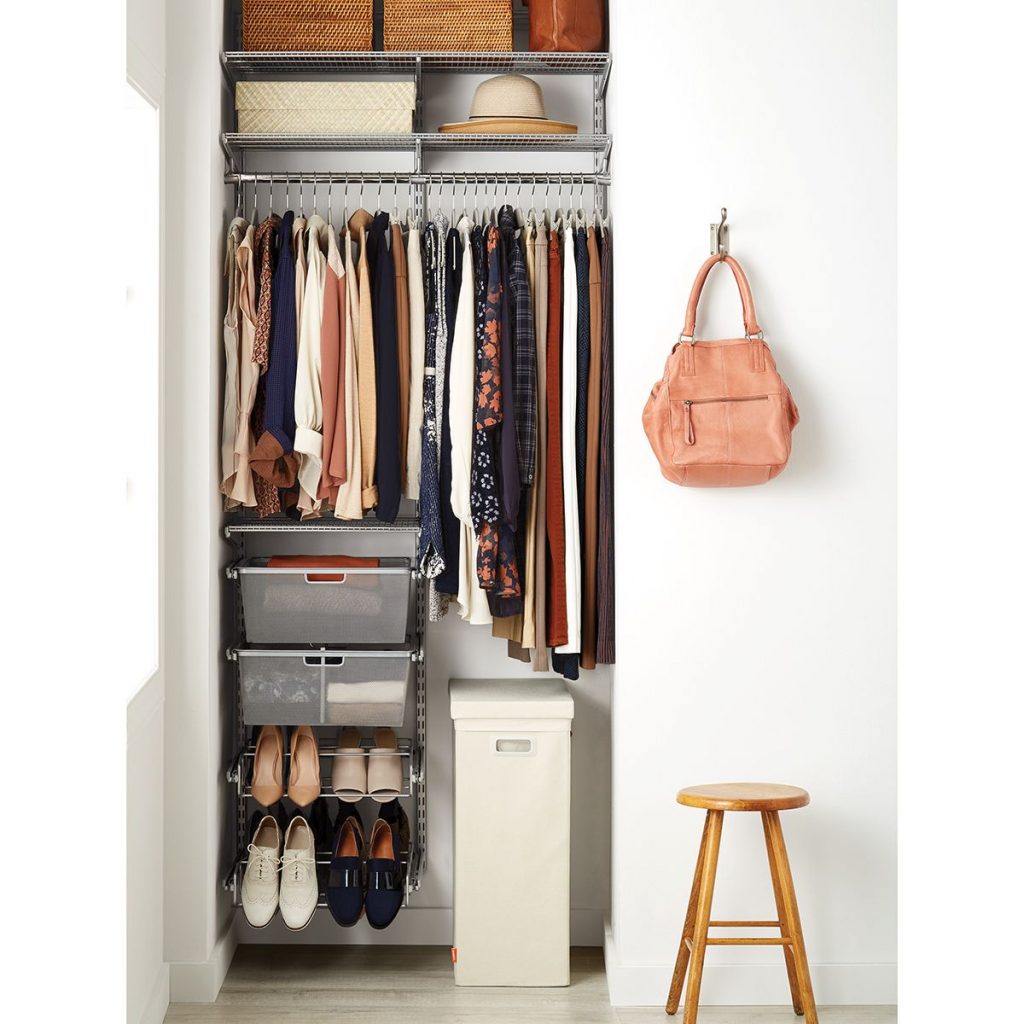Zero Waste Blog
7 WAYS TO GET A ZERO WASTE WARDROBE
Kitchen, Bathroom and Wardrobe are the places where we generate a lot of packaging, because many of the things we buy are consumables
Let’s not forget the sheer volume of textile waste created every day. The textile industry is the second most polluting industry in the world. And is not just a matter of mass production (12.7 million tons of it in the US alone). Many of the clothes we wear, especially those coming from fast-fashion, release toxic chemicals and micro plastics. This means they could end up polluting the Earth and us.
My advice? Buy less, but buy the best, whatever your best might be. Throwaway clothes are a bad idea on so many levels. Let’s overhaul the way you think about clothes starting right now! You don’t even have to become someone who wears only vegetable-dyed, organic hemp tunics to reduce your impact.
Table of Contents
Care for The Clothes You Already Have
When you do wash your clothes, make sure to wash them at the right temperature, washing them at lower temperatures when possible to save some extra energy. Pay special attention to which colors you wash together as well as to any specific fabric requirements. After washing air-dry your clothes whenever possible, as using a dryer takes a big toll on the fabric strength and life (and uses a lot of energy too). Even how you put your clothes away can affect how long they last – folding along the seams keeps them from losing shape. As for shoes, make sure to clean and/or grease them regularly to keep them in mint condition! This is a great Youtube video with even more info on how to properly care for your clothes.
After washing, skip the hot dryer and choose to line-dry. This can help you avoid shrinking that new sweater or pair of wool socks while saving electricity in the process.
Next, learn some basic mending skills, like sewing on a new button, redoing a hem, or patching a hole when someone’s shirt or pants need a minor fix.

Make Two Lists: Clothes You Need + Clothes You Want.
Clothes you need should include basics you need to replace, everyday shoes, and items you need to wear to work/meetings or the like. (If you have sweaters/shoes/pants that need repairs, do that now before the weather really kicks in and you can’t wear them.)
Then make a list of clothes you want; these should be standout items that you love, love, love and know that wearing them would make you happy. Then give yourself a reality check. If your basics list is long, this is what you should prioritize, even though shopping for say a pair of slim black pants is hardly exciting and often tedious. Your fun list should be short—five items max. If it isn’t, think hard about which items you will realistically wear often. Do not fall victim to shiny object syndrome and forgo basics for fun ones; you need a wardrobe of pieces that work together, not a mish-mosh of standout items that worn all at once make you look like a desperate street style wannabe.

Simplify Your Wardrobe
Minimalist and “capsule wardrobes” have become popular recently, and when done well they can reduce waste while saving you time and money. It is a collection of clothes and accessories that usually contains no more than 40 things in a season and in which everything matches everything else. As I was working during the days I had no physical ability to declutter my wardrobe but I did have access to Excel. The basic concept is to reduce your wardrobe to fewer versatile clothing pieces that you can mix and match, let go of the clothes you need “just in case…” and shop less frequently and more intentionally (buy only clothes that you love and that fit your body and your lifestyle). You can find endless tutorials and tips online.
Most people won’t adopt all of these changes at once because it can be a big undertaking. But, if you work on one aspect at a time, you can learn to slowly curate your lower-waste wardrobe and reduce your environmental impact. In other words, having less gives you the opportunity to value what you have and take care of it better.
Don’t Throw Away the Old
As you get better at shopping strategically, even if you have something in your closet that you haven’t worn yet or put on in a while, chances are you might go back to it. Maybe it’s a gorgeous silk shirt that sat with tags on for two years you finally started wearing with regularity. Or it’s a piece you wore so much, it (and you) need a rest. As your wardrobe evolves, older items can have a renewed life by pairing them with more recent pieces. Of course if you look at it and think “why did I ever?” you should donate or sell it. But I am going to guess that those items you tend to discard from your closet are the cheaper pieces you bought on a whim, were super trendy and are now super not, or fell apart. Another reason to buy less and buy better. Then you can begin to create a zero-waste wardrobe.

Choose Durability
- Two suggestions: Steer away from fast-fashion brand
- Opt for durable, sustainable clothes
Fast-fashion brands have no interest in sustainably producing clothes unless the production paradigm will change completely. Please do not be fooled by “made with recycled material” or “made with natural material” or “made with organic material” claims. Those are little pieces in the fast fashion brands mass production process. The sustainable lines will assume a concrete importance only when the percentage of sustainable production will overrun the core one.
Generally speaking, you can recognize a sustainable brand when it has, as many as possible, of the following characteristics.
- The materials that compose the item are produced sustainably
- A short and traceable supply chain
- The fact that a product can be easily fixed, possibly thanks to the company themselves with no extra costs
- Translated, this means that brands shouldn’t present capsule or seasonal collections every few months, while investing on “hero” products.
Purchasing a sustainable product costs more. But the premise is different since the very beginning. The idea is not to buy a product for pleasure but because you need it. Given this, spending more now will allow us to spend less in the long run. It is just a shift of mentality.
Reducing Your Wardrobe
The first time I heard that keeping things you don’t need is like keeping resources from other people, I was skeptical, but mull it over a bit. Of course the things you’ve purchased belong to you, but zero waste and working for a more sustainable system of consumption is a community effort, not you-against-the-world. In the spirit of zero waste, I suggest you unload some of those resources you’re not using to consignment stores and donations so that they might be used.

Buy Locally
Last but not least, a great way to shop sustainably is to shop directly in a store, possibly a local one or even better from an artisan.
We are used to buying online but online shopping implies the shipment of millions of objects everyday to different destinations. This generates a huge deal of oil, hence CO2 emissions.
Visiting your local store is another way to tread more lightly on the planet – quite literally! Buying locally-sourced fabrics from your nearest shop means fewer emissions and a lower carbon footprint, so if you’re able to, ditch the car for the day and walk down to your local store to kick-start a greener lifestyle.
Source: Internet.

